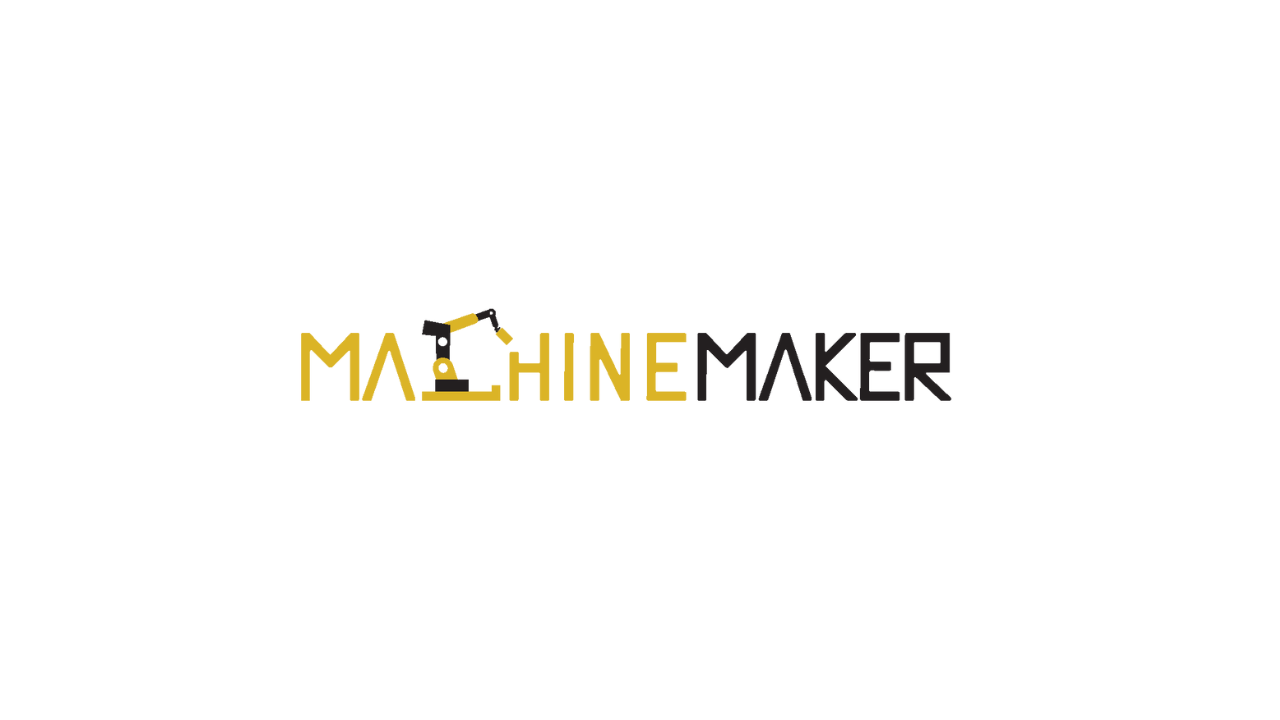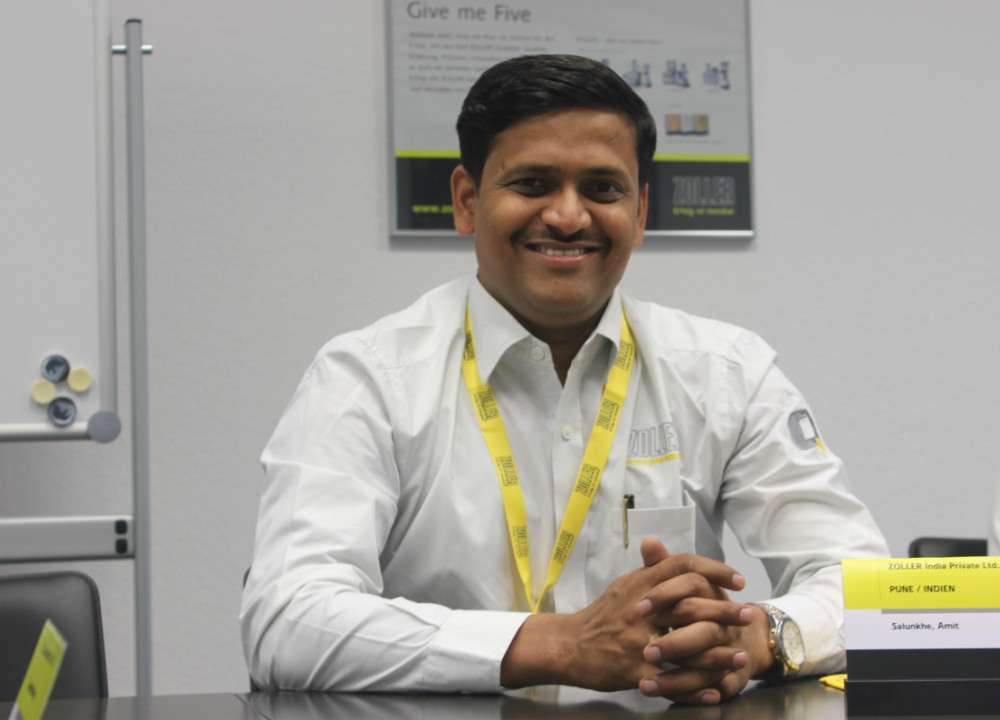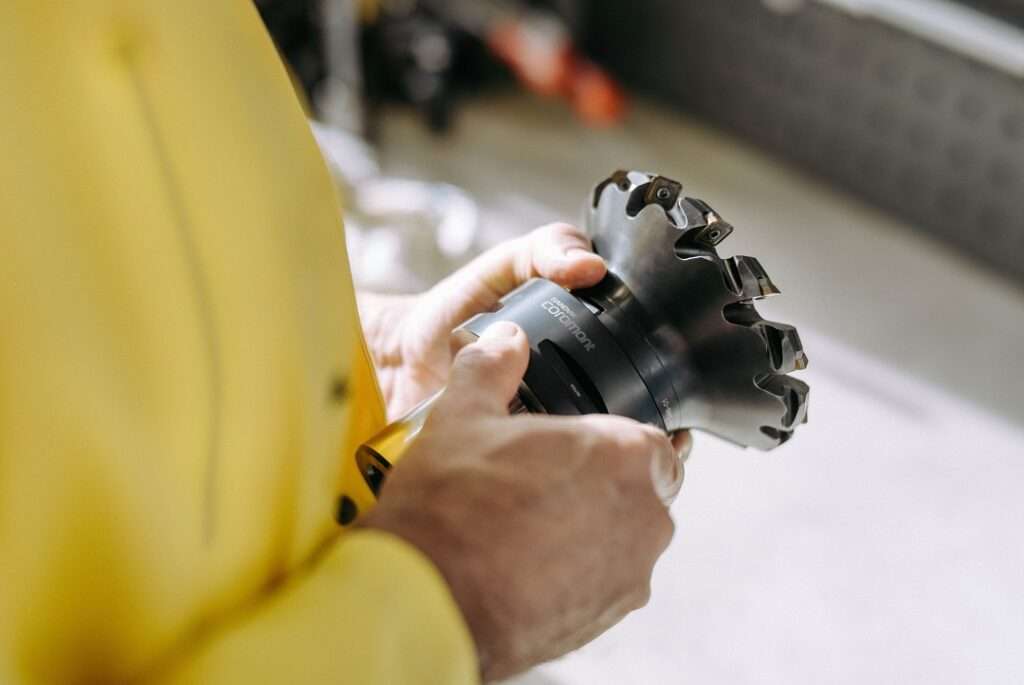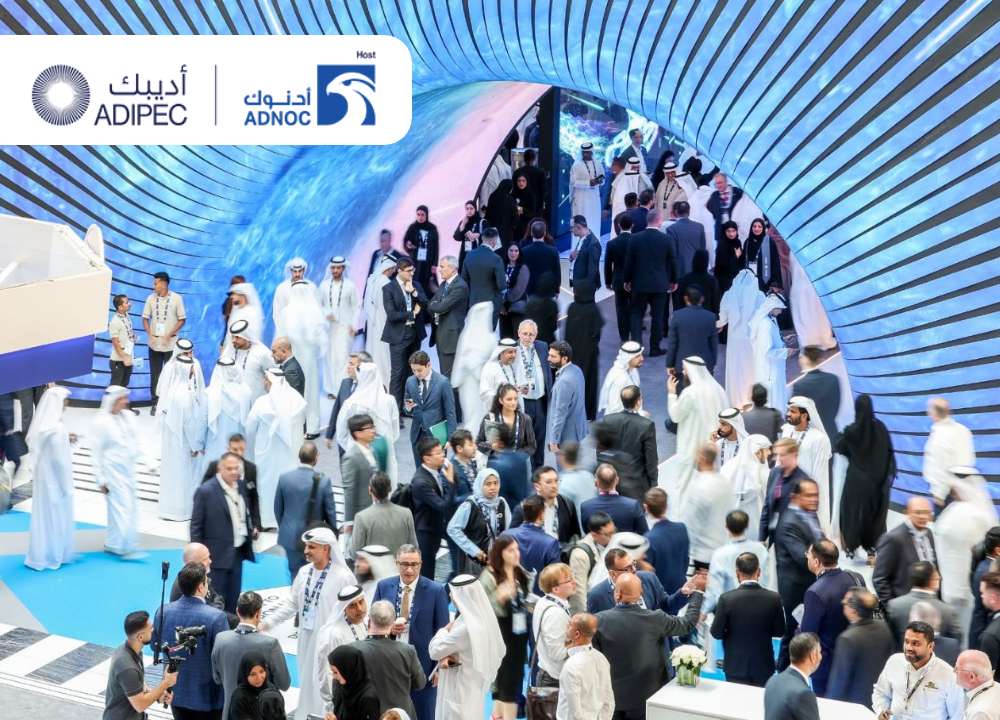TRUMPF, a high-tech company, has recently inked a collaboration deal with the High-Performance Computing Center Stuttgart (HLRS) at the University of Stuttgart. The agreement aims to grant TRUMPF employees’ access to the substantial computing capacities offered by HLRS.
The University of Stuttgart’s High-Performance Computing Center (HLRS), established in 1996 as Germany’s pioneering high-performance computing facility, serves as a pivotal resource for both academic and industrial users. Aligned with the Gauss Centre for Supercomputing, HLRS provides cutting-edge computing capabilities to support scientific and industrial endeavors.
The center boasts state-of-the-art high-performance computing systems and offers top-tier training in programming and simulation. HLRS is at the forefront of research into the future of high-performance computing, delving into key technologies and questions shaping the field. Its expertise spans parallel programming, numerical methods for HPC, visualization, cloud computing, high-performance data analysis (HPDA), and artificial intelligence (AI).
Berthold Schmidt, TRUMPF’s Chief Technology Officer (CTO), highlighted the significance of this partnership, noting that it underscores Germany’s robust digital ecosystem. Schmidt emphasized that leveraging HLRS’s mainframes enables TRUMPF’s developers to simulate machine functions virtually before constructing the first prototype and accelerates the training of AI solutions for their systems. This, in turn, fosters more sustainable and efficient innovation practices.
HLRS’s “Hawk” supercomputer boasts a peak performance of 26 petaflops, equivalent to a staggering 1,000,000 billion computing operations per second, making it one of Europe’s most powerful computers in the industrial sector. Moreover, HLRS is set to introduce an even more potent successor model, Hunter, by the end of 2024, boasting around 39 petaflops.
Prof Dr Michael Resch, Director of HLRS, expressed pride in the center’s ability to continue supporting TRUMPF’s technological advancements. He also emphasized HLRS’s commitment to enhancing the competitiveness of the Stuttgart economic region through its cutting-edge computing power. The partnership between TRUMPF and HLRS aims to explore additional applications of mainframe computing systems in the industrial sector, paving the way for future innovations in the field.
TRUMPF, a leading provider of manufacturing solutions, utilizes its own high-performance computers for simpler simulations. However, for more intricate tasks requiring higher accuracy, TRUMPF relies on supercomputers, such as those housed at the High-Performance Computing Center Stuttgart (HLRS). One notable application is the simulation of quantum computers, a computationally demanding task that will benefit from HLRS’s computing capacity in the future.
Additionally, TRUMPF plans to leverage HLRS supercomputers for training artificial intelligence (AI) models. TRUMPF has been offering machine tools with AI capabilities to its customers for several years, enabling faster and more efficient operations. The company intends to expand its AI offerings in the future, providing further innovative solutions to its clientele.
TRUMPF, a leading high-tech company specializing in manufacturing solutions, operates in the machine tools and laser technology sectors. The company is at the forefront of digital connectivity in manufacturing, offering consulting services, platform products, and software solutions. Renowned for its highly versatile machine tools for sheet metal processing and industrial lasers, TRUMPF employs approximately 18,400 individuals and achieved sales of around 5.4 billion euros in 2022/23.
With a presence in over 80 companies, TRUMPF Group has established its footprint in nearly every European country, along with North America, South America, and Asia. The company boasts production facilities in Germany, France, the United Kingdom, Italy, Austria, Switzerland, Poland, the Czech Republic, the United States, Mexico, and China.







